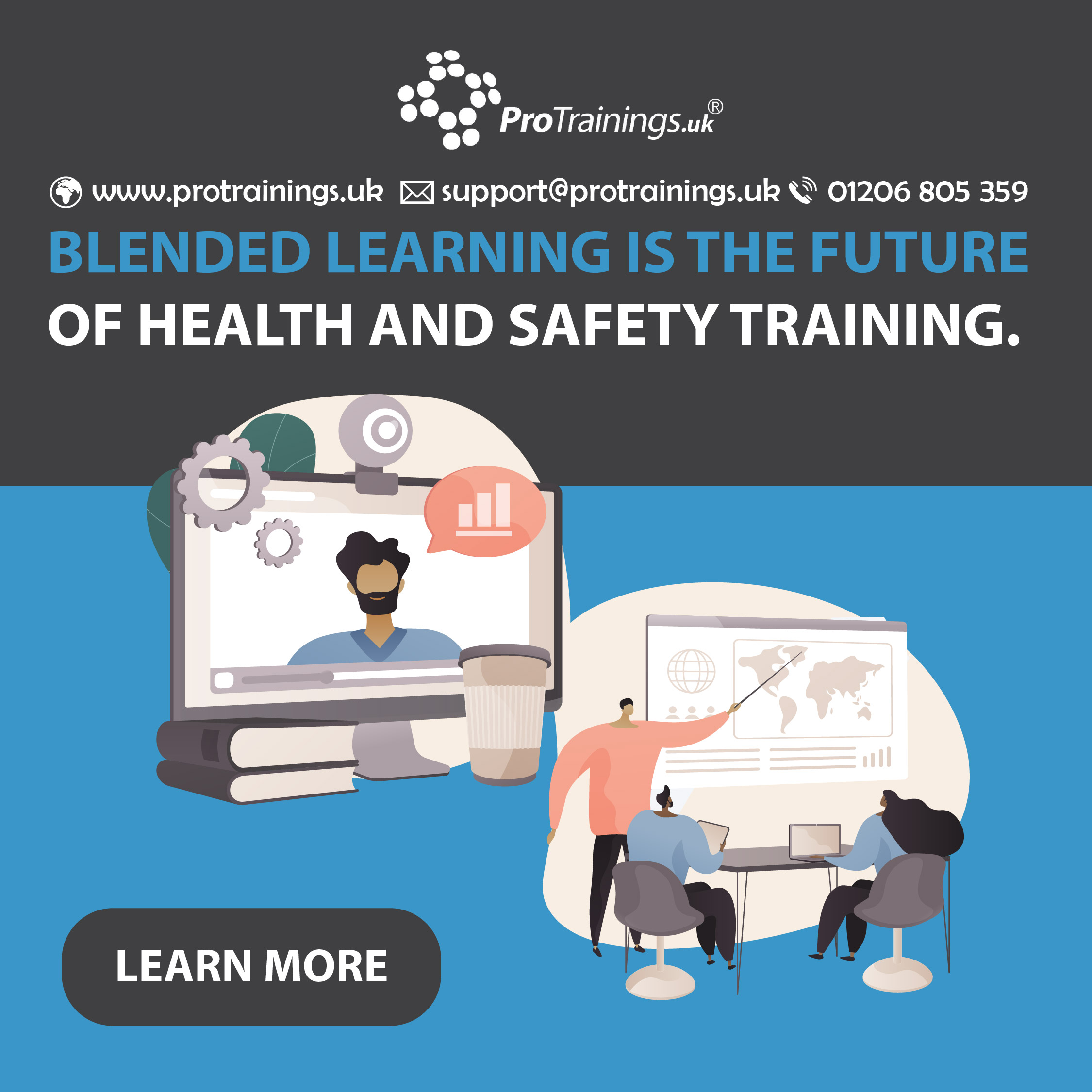The Role of Blended Learning in Modern Health and Safety Training
Introduction to Blended Learning
Blended learning is transforming the delivery of health and safety training. By integrating online learning with traditional in-person instruction, businesses can ensure their employees receive flexible, comprehensive, and engaging training. This approach combines the convenience of digital courses with the practical application of face-to-face sessions.
Why Choose Blended Learning?
Blended learning offers the best of both worlds. Online modules allow learners to complete theoretical training at their own pace, reducing time away from work. Meanwhile, in-person sessions reinforce knowledge through hands-on practice, ensuring better retention and real-world application of skills.
Many businesses find that blended learning reduces overall training costs while improving compliance with Health and Safety Executive (HSE) regulations.
How Blended Learning Improves Health and Safety Training
Health and safety training requires both theoretical knowledge and practical skills. Blended learning efficiently balances both. Employees can start with an online component that covers essential concepts such as Health and Safety Awareness and risk assessments before moving on to in-person exercises.
For example, First Aid at Work (FAW) courses benefit greatly from this format. Learners study first aid principles online, then attend practical sessions where they demonstrate CPR and other lifesaving techniques under expert supervision.
Cost-Effective and Flexible Training
Traditional training often involves travel costs, classroom rental, and lost working hours. With blended learning, employees complete much of their training remotely, reducing these expenses. Additionally, it allows businesses to schedule in-person sessions at convenient times, minimising disruption to daily operations.
Meeting UK Compliance Requirements
UK law mandates that businesses provide adequate health and safety training for employees. Courses such as Emergency First Aid at Work (EFAW) and Fire Safety Awareness can be delivered effectively through blended learning, ensuring compliance with The Management of Health and Safety at Work Regulations 1999.
Industries Benefiting from Blended Learning
Blended learning is widely used across various industries, including construction, healthcare, hospitality, and corporate environments. Employers appreciate its flexibility, especially for roles requiring ongoing health and safety certification.
For instance, businesses that need Workplace Risk Assessment training find that blended learning ensures employees understand risk identification while allowing practical application in their specific work settings.
Why Choose ProTrainings UK?
At ProTrainings UK, we provide expertly designed blended learning courses tailored to meet industry standards. Our training combines in-depth online instruction with hands-on assessments, ensuring that learners acquire both theoretical knowledge and practical skills.
Conclusion
Blended learning is the future of health and safety training. It provides an efficient, flexible, and cost-effective way for businesses to train employees while ensuring full compliance with UK health and safety regulations. If you’re looking for an innovative training solution, explore our range of accredited courses and enhance your workforce’s safety skills today.
